
Become a member
Join today and help protect nature, beauty and history – for everyone, for ever. Enjoy access to more than 500 places with National Trust membership.
A masterpiece of Elizabethan Renaissance architecture and design, with towering walls of glass, glowing ham stone and surrounding garden. While the upper floors of the house will remain closed for 2025 there is plenty to see on the ground floor, and in the garden and parkland.
Montacute, Somerset, TA15 6XP
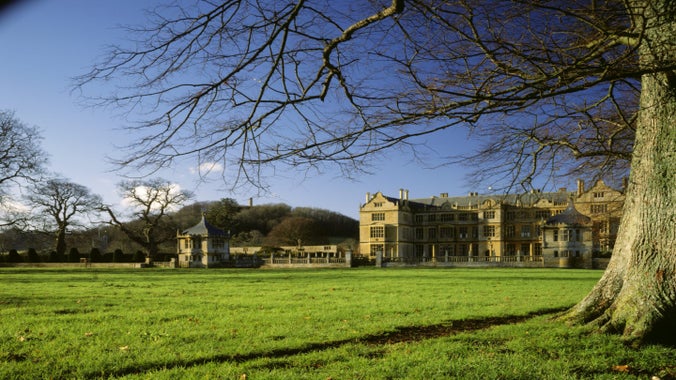
| Asset | Opening time |
|---|---|
| House | 11:00 - 15:30 |
| Café | 10:00 - 15:45 |
| Garden | 10:00 - 16:00 |
| Parkland | 10:00 - 16:00 |
| Shop | 10:00 - 16:00 |
| Second-hand bookshop | 10:00 - 16:00 |
| Ticket type | With Gift Aid | Without Gift Aid |
|---|---|---|
| Adult (18+) | £16.50 | £15.00 |
| Child (5-17) under 5s free | £8.30 | £7.50 |
| Family (2 Adults and up to 3 children) | £41.30 | £37.50 |
| 1 Adult and up to 2 children | £24.80 | £22.50 |
| Group (Adult 18+) | £14.25 | |
| Group (Child 5-17) | £7.13 |
The natural play area is located in the picnic area close to West Drive. There is a slide, stepping logs and stepping beam.
8 EV charging points. 4 x 50 kW (rapid charging) and 4 x 22 kW (destination charging) points. Chargers can be accessed using mobile app, RFID card, or contactless payment device. Visit our EV charging provider RAW Charging’s website to download the app in advance of your visit.
Electric vehicle charging point - more informationBlue Badge parking. Accessible toilet. Two manual wheelchairs available for loan. Formal garden mostly accessible. There is currently no step-free access to the house whilst construction work is taking place on the staircases.
There is currently no step-free access to the house whilst construction work is taking place on the staircases.
Ramped access/slopes - more informationDiscover family-friendly things to do at Montacute House.
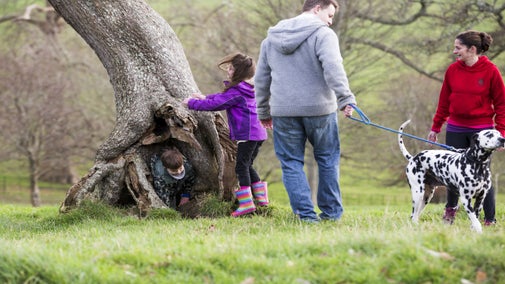

Find out more about visiting Montacute House as a group.

Discover more about the project to save the staircases at Montacute House and how you can support it.
A masterpiece of Elizabethan architecture and design, built at the end of the 16th century. The ground floor is open, however, there is no step-free access, and the first and second floors of the house are currently closed. Timed entry tickets used on busier days.
One of the few remaining Elizabethan compartmentalised gardens. Lawns, flower borders and clipped yew hedges.
The role of these buildings has changed over time, but they are originally identified as porters' lodges for servants.
Featuring the Lime Avenue and veteran trees, as well as orchards with heritage apple trees from the Tidnor collection.
Waymarked walks pass through the woodland areas of Ladies Walk and St Michael’s Hill on the wider parkland estate.
A tower on the summit of St Michael’s Hill on the wider estate, offering views of the Somerset countryside.
Housed in the old service buildings, the café serves a range of hot and cold drinks, light brunch and lunch options, snacks and cakes. Normal admission applies if you wish to visit the café.
Shop filled with gifts, local products and plant sales. The second-hand book barn is in the old Stables.
Explore the ground floor of the house at Montacute in Somerset, home of the rare Tournai Tapestry.

Explore the garden of Montacute House throughout the seasons. See the yew trees, affectionately known as ‘wibbly wobbly’ hedges, or take a few moments of tranquillity in the Orangery.

Walk the estate at Montacute House and discover nature, views and landmarks to enjoy throughout the season. Bring along your dog and enjoy wide-open spaces.
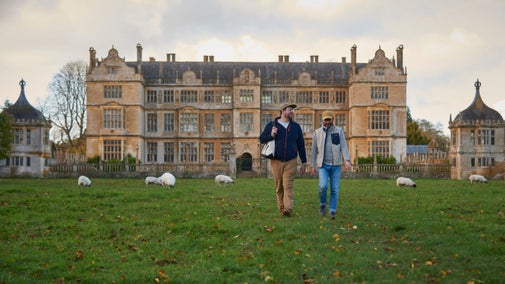
If you’re looking for things to do together, why not head over to Montacute House? There is plenty to keep the whole family happy.

This 45-minute walk includes a pull up a wooded escarpment, but you are rewarded with beautiful views over the village of Montacute and a sea of bluebells in the spring.
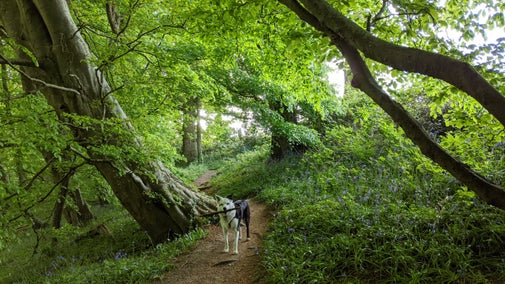
A 2-mile walk that visits the site of an 11th century motte-and-bailey castle and a Cluniac priory in Montacute, Somerset, as well as the orchards and parkland of Montacute House.
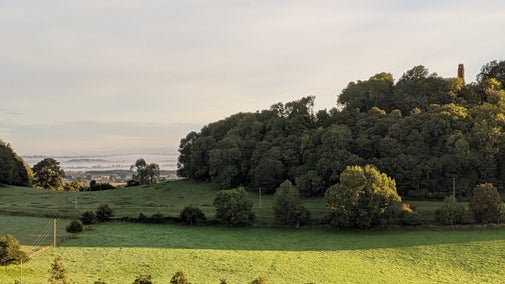
Whether it’s a quick bite to eat or some retail therapy you’re looking for, Montacute House is sure to have something for you.
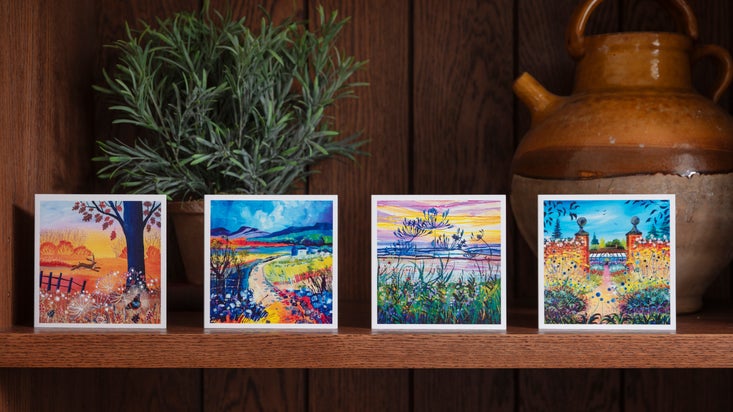

A decorative gate lodge with a spacious interior that retains many original features.

A grade II-listed gatehouse with a pretty, private garden, at the entrance to Elizabethan masterpiece Montacute House.

Stay in part of this idyllic Somerset house among the formal garden of Tintinhull.

Stay in the west wing of Lytes Cary Manor within the Arts and Crafts inspired garden.

Stay in the grounds of the Lytes Cary estate in this pretty Victorian cottage.
Sorry, there are no upcoming events at this place
Montacute is a masterpiece of Elizabethan Renaissance architecture and design. With its towering walls of glass, glow of ham stone and surrounding garden and parkland, it is a place of beauty and wonder.
Sir Edward Phelips was the visionary force and money behind the creation of this masterpiece, which was completed in 1601. Built by skilled craftsman using local ham stone under the instruction of William Arnold, master mason, the house was a statement of wealth, ambition and showmanship. The ground floor of the house is open, however, the upper floors are currently closed.
A beautiful garden surrounds Montacute House, constantly changing, filling the house with scent in summer and providing an atmospheric backdrop for a winter walk.
Whether you just want to let the children run and explore, or be inspired by the collections housed within the walls of Montacute, you will leave with lasting memories and a desire to soon return.
Within 20 minutes drive of Montacute, you will find four fascinating smaller properties each with its own unique character, history, and story to tell.
A combined age of 2,300 years spans the medieval period to the early 19th century. Explore Stoke Priory, a fine collection of medieval farm buildings; Treasurer's House, with its great hall and unusual wall painting; Stembridge Tower Mill, the last remaining thatched windmill in England; and the Priest’s House, a medieval home of great character not to be missed.
Explore the objects and works of art we care for at Montacute House on the National Trust Collections website.

Step inside an Elizabethan Renaissance masterpiece at Montacute House, with its historic interiors, beautiful furniture and fantastic portraits.
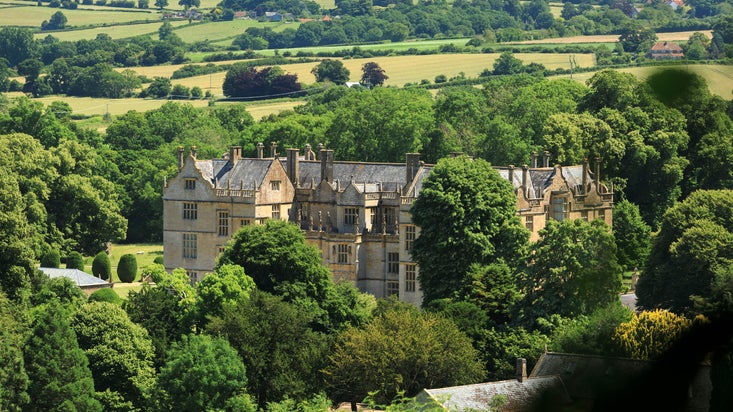
Discover more about the project to save the staircases at Montacute House and how you can support it.
The National Trust works hard to ensure that Montacute House and its garden are maintained for the enjoyment of visitors. Find out about some of the jobs we’ve undertaken.

Atkins Ferrie Wealth Management has a long-standing relationship with the National Trust in the south west. Aiming to offer the highest ethical principles and best service standards of any financial adviser in the UK, with locally based offices across southern England. These include Sherborne, and a newly opened location in Richmond-upon-Thames. We’re very pleased that they’re kindly continuing to support the South Somerset portfolio.

Search for live volunteering opportunities, or register your interest with Montacute House.


Join today and help protect nature, beauty and history – for everyone, for ever. Enjoy access to more than 500 places with National Trust membership.
By sharing your email address you’re agreeing to receive marketing emails from the National Trust and confirm you’re 18 years old or over. Please see our for more information on how we look after your personal data.